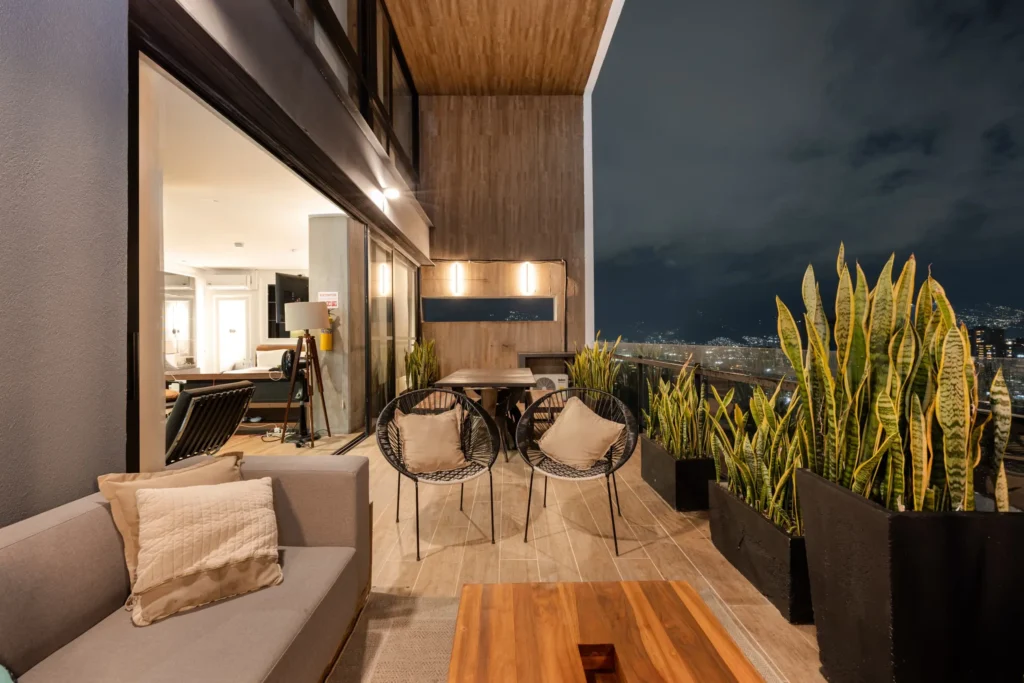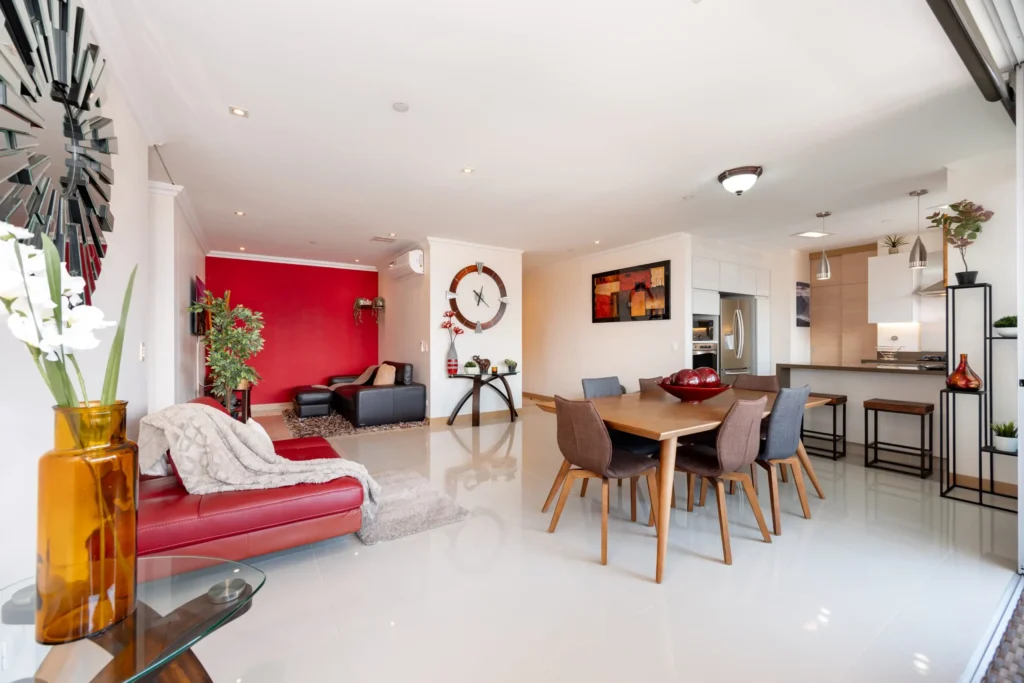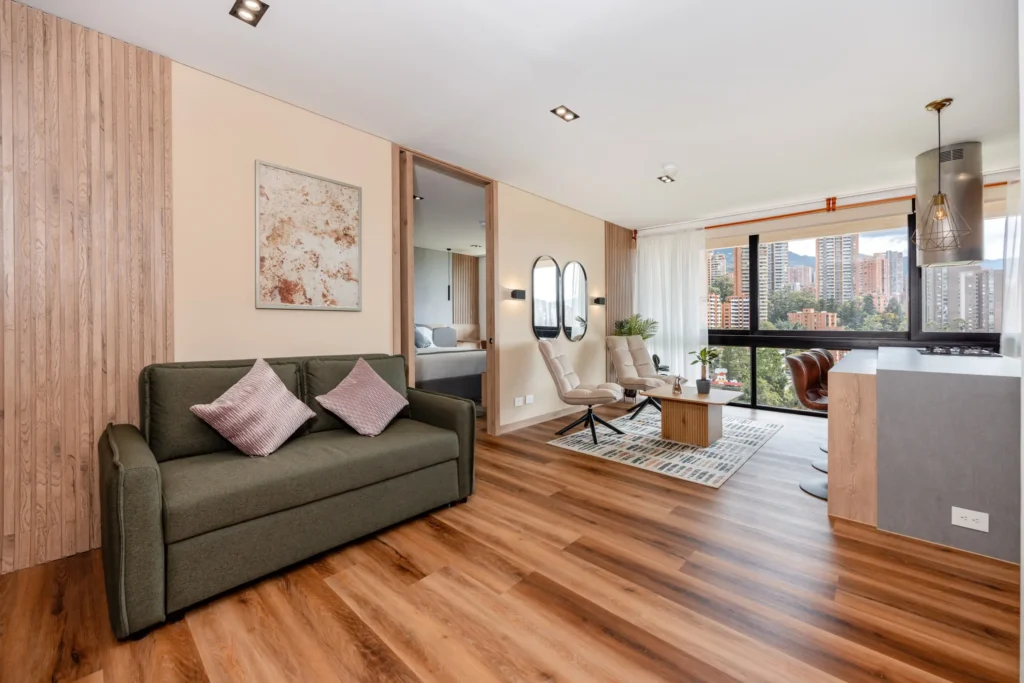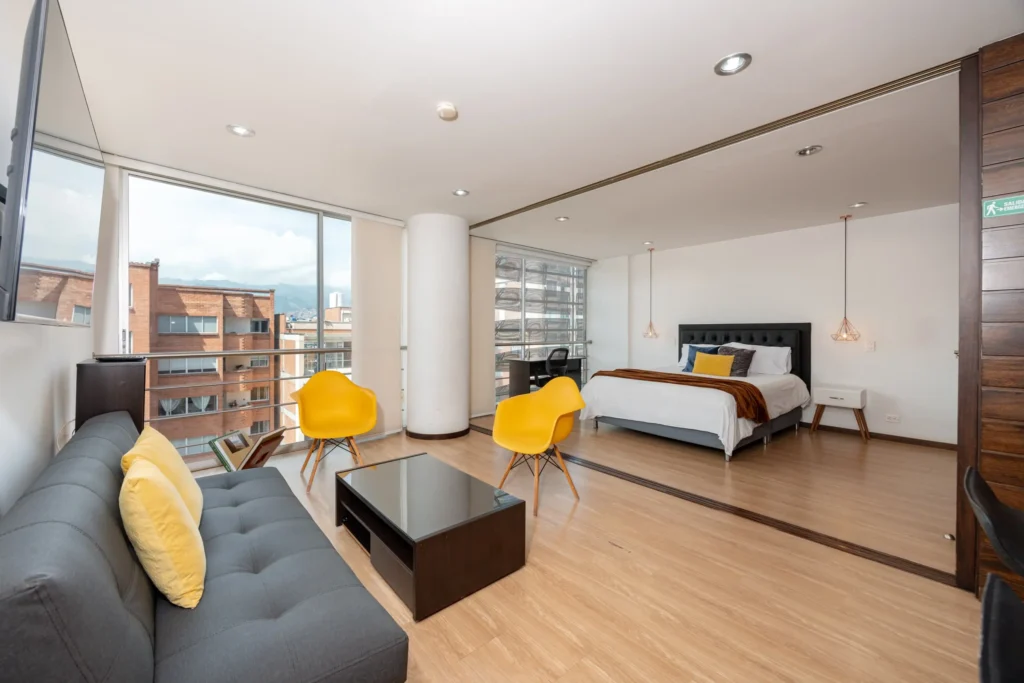TLDR? The Palacio de la Cultura Rafael Uribe is a Gothic-style museum full of art, history, and culture.
Medellin is a city that takes pride in its rich cultural heritage. Nowhere is that more clear than the bustling and vivacious Plaza De Botero.
Plaza De Botero hosts several of the important cultural institutions of Medellin. Among these is the dazzling structure called Palacio de La Cultura Rafael Uribe.
If you haven’t already been there, it’s high time that you did. Let’s take a look at what to expect when you pay a visit to this unique museum.
What Is the Palacio de La Cultura Rafael Uribe Uribe?
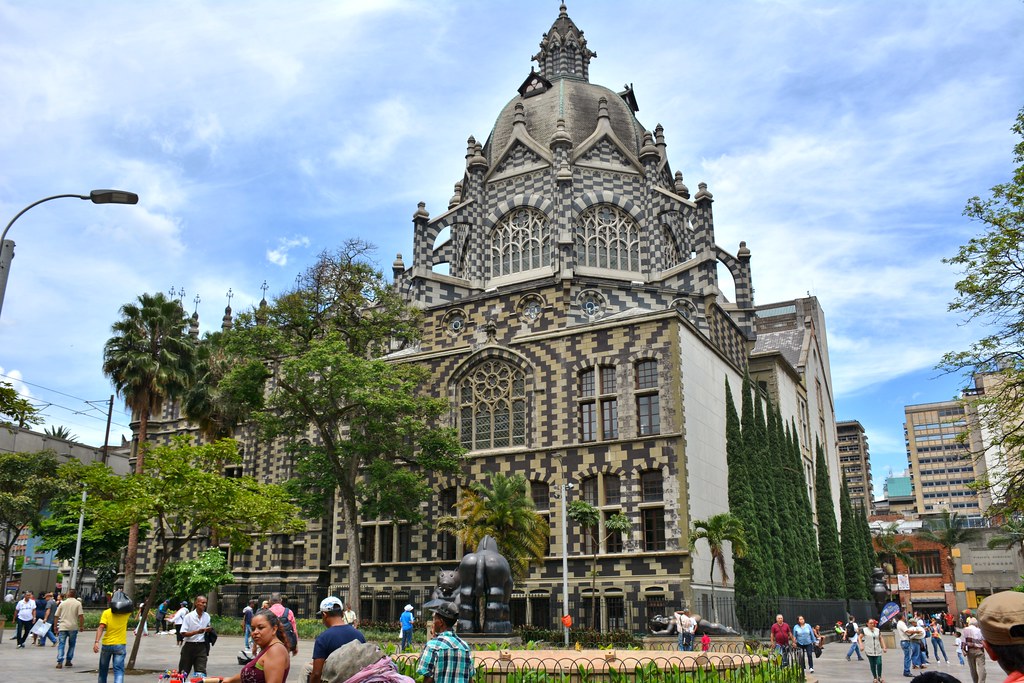
The Palacio, which I’ve already mentioned sits in the Plaza Botero, is impossible to miss. It features distinctive Gothic Revival architecture, and the exterior of the palace has a black and white checkered pattern. At certain times of day, the white bricks of the palace appear almost greenish in hue.
The Palace boasts several floors of activities to explore. It’s very easy to while away hours as you explore its corridors and stairways. Several public restrooms are also available for use within.
On top of that, it is conveniently located in the direct center of the city. This makes it convenient to access from whatever transportation method one might prefer.
Also, the palace is a national monument of Colombia, so it’s free for the public to access! Now that’s what I call a deal.
History In the Making
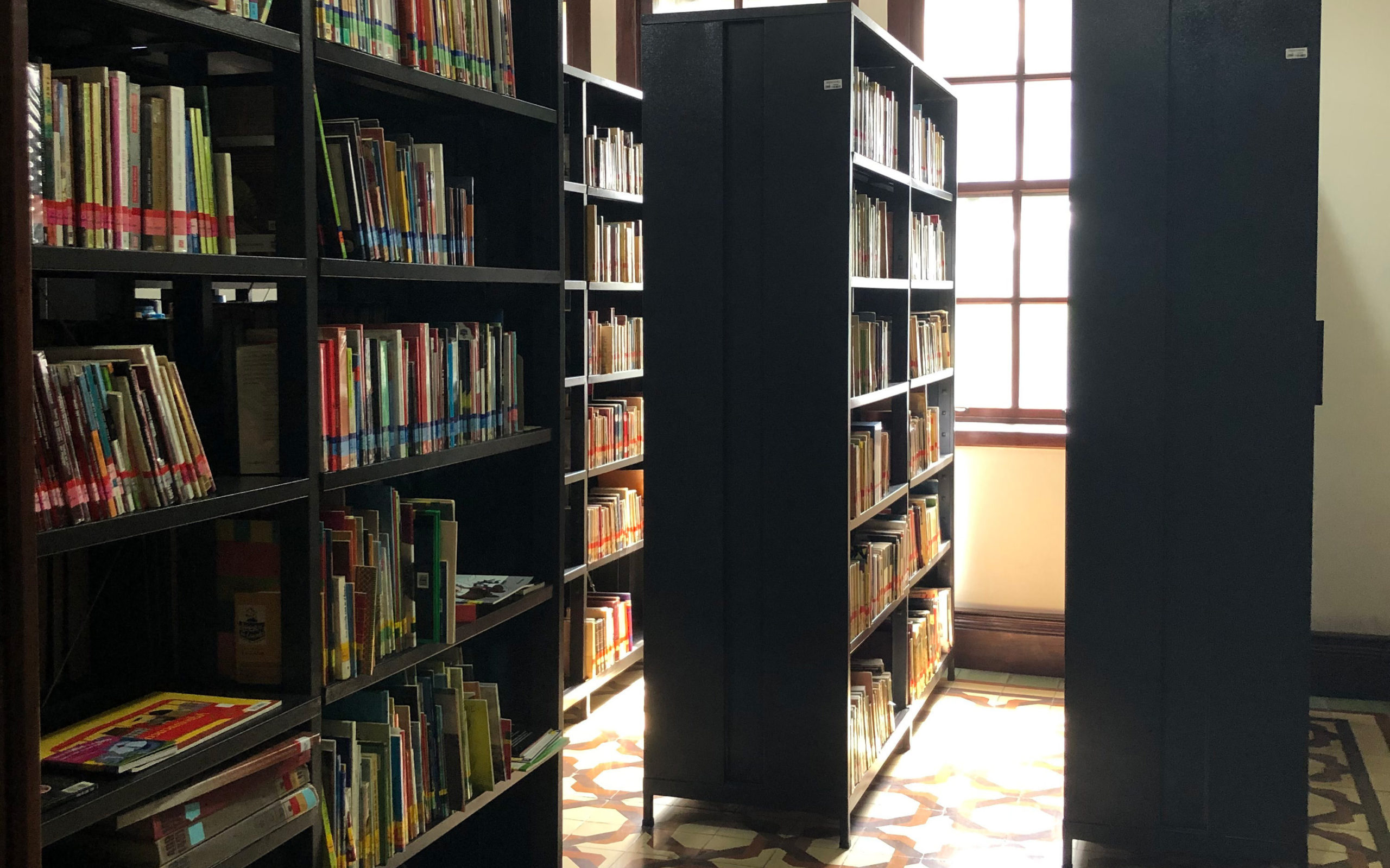
The impressive design of the palace comes from Belgian architect Agustin Goovaerts. Goovaerts spent much of his life and practice designing structures in Colombia. This includes the National Palace of Medellin.
Construction of the Palace began in 1925 and has undergone many revisions as the years have gone by. In the beginning, The Palace was supposed to be five floors. That plan has been scrapped in favor of the current four-floor construction.
The palace was modified and updated up until its declaration as a national monument in 1982. This solidified its stature as an iconic building in the Colombian national identity.
Today, the Palace serves many functions as a multi-faceted administrative and cultural mecca. Amenities in the structure include, but are not limited to:
- A library
- A historical and photo archive of Colombia
- A sound café and listening lounge
- Visual art galleries
- A dance studio
- A functioning church
- Dozens of functioning offices for various administrative purposes.
- A pleasant plaza with a bubbling fountain (complete with swaying palms!)
Uribe This, Uribe That: About Uribe Uribe Himself
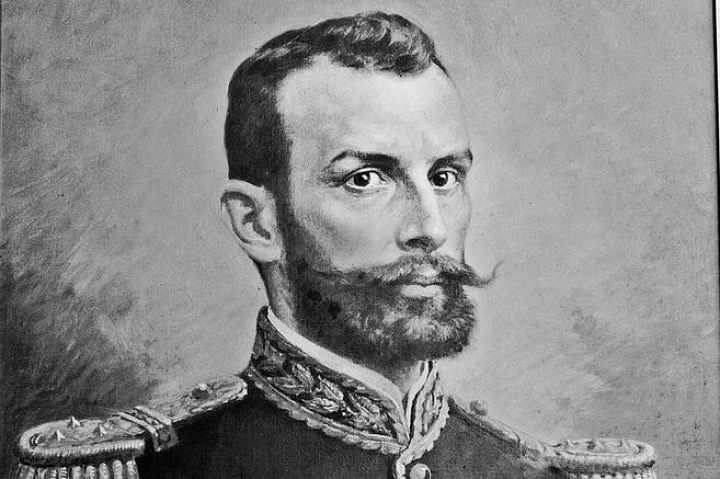
The Palace gets its name from the famous Colombian journalist Rafael Uribe Uribe. Uribe has had several buildings, neighborhoods, and sculptures in Colombia named after him. This is due to his services to the people of Colombia.
Of distinction, Uribe helped to found the Free University of Colombia, Unilibre. Unilibre is a nonprofit university that offers free education and functions to this day. The University provides comprehensive education, with more than 67 degree programs.
Uribe was sometimes controversial due to the nature of his politics. Despite this controversy, most agree that Uribe was someone who cared for the well-being of the Colombian people.
Also, Uribe inspired Gabriel Garcia Marquez’s character Colonel Aureliano. The is one of the main characters to appear in his classic of world literature, One Hundred Years of Solitude. This novel is now considered to be one of the most significant pieces of literature of the 20th century.
How’s that for impact?
A Temple of Creativity, Inside and Out
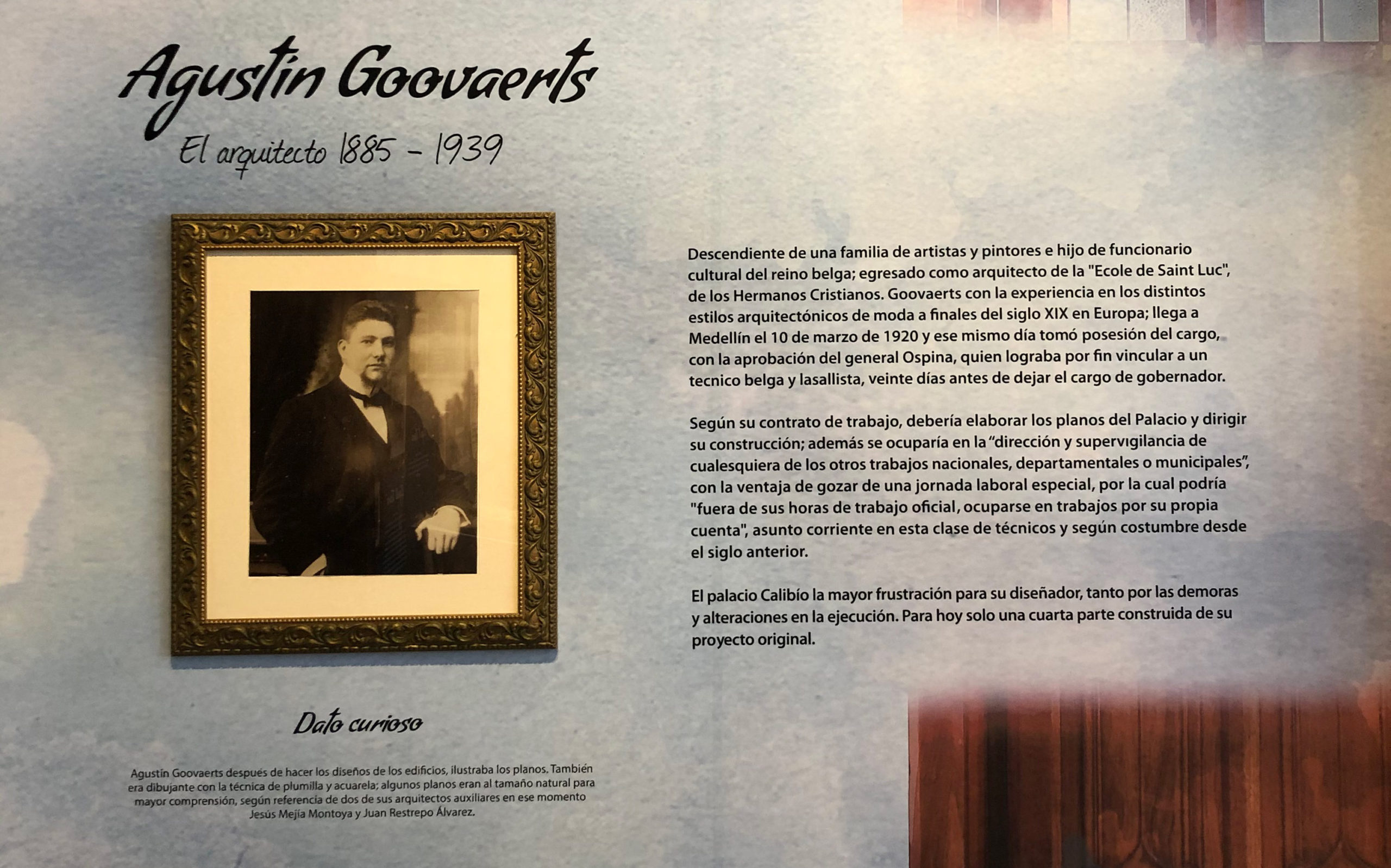
The Palace hosts many permanent and temporary art galleries. Many showcase fine art from several Colombian contemporary artists.
Sauntering through the rooms and halls can be quite delightful – one can enter through any doorway and find fantastic images and sculptures. These stand out all the more displayed amidst the somber classical architecture.
The palace cultural association also projects contemporary national and international cinema. The palace staff projects these onto the façade of the structure on several days of the week. They also host various classes inside, fostering an artistic culture in Medellin.
The palace’s distinctive dome also serves both as an auditorium and a place to see films. There are also theatrical performances that take place within the building.
I found some relaxation in my explorations by taking a small break on the upper plaza on the roof of the building. Up there, you can find a small chapel and an incredible view of The Palace’s dome.
Iconic Architecture on a Bustling Plaza of Culture
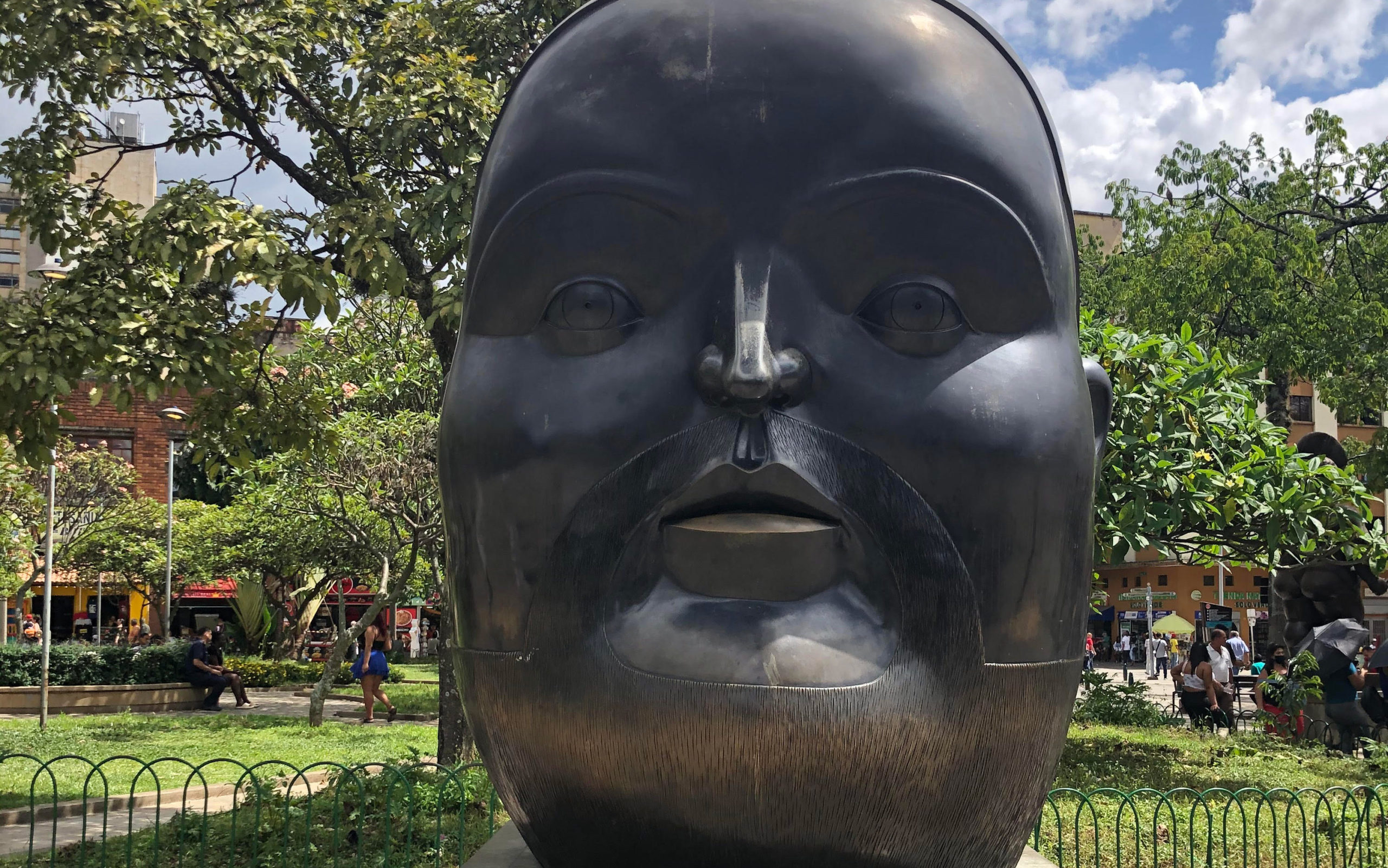
The palace sits right on top of the famous Plaza de Botero. Thie plaza is named after the distinctive Colombian Artist Fernando Botero.
Botero’s sculptures decorate the cobblestones below the palace. Their glib playfulness serves as a visual counterpoint to the imposing Gothic architecture of the palace. It all makes for a very interesting afternoon.
Fernando Botero is perhaps Colombia’s most represented visual artist. His work shows all over the world, celebrated by critics for its bizarre and comical aspects. Some interpret this to be political commentary, others see it as a stylistic element.
Across the Plaza de Botero is the Museo Nacional de Antioquia. This is another stalwart Colombian cultural institution. It showcases art from Antioquian artists from several different periods.
The plaza itself is alive with people vending snacks, clothing, and fruit. There are also many street performers and artisans exhibiting their wares. Crowds of tourists flock to the city’s central plaza area to catch a piece of the excitement as activity churns around you.
Spend a Day Admiring Monuments In Downtown Medellin
I found myself wandering for some time up and down the packed corridors of the surrounding neighborhoods after my time at the Palace. Each of these is filled with vendors, shops, and pedestrians. It felt like an authentic look into the lives of everyday Colombians.
Purchasing some roasted chicken with plantain chips from a local hawker, I ate under the shadow of the Palace. I considered the intersections of Colombian cultural past, present, and future.
As I ate, I was surrounded by the sounds and sights of present-day living Colombian culture. I couldn’t help but admire the mission of the Palace; to preserve and exhibit the tapestry of Colombia’s cultural legacy, accessible to all.
If you like this blog, you might like the Casacol Instagram page to keep up with all the new articles. Anything we need to update or correct? Care to contribute? Email us at blog@casacol.co.

